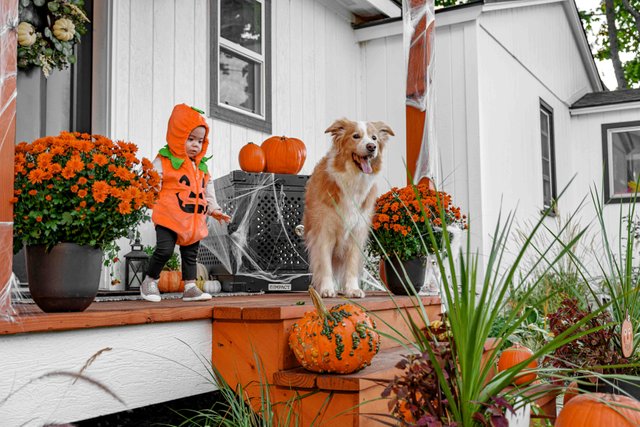"How I Learned to Recognize My Dog Max’s Silent Plea for Help: 5 Subtle Signs of Discomfort Every Pet Parent Should Know"
When my dog, Max, started acting differently, I didn’t think too much of it at first. He’d always been a bit of a character—playful, affectionate, and always ready for an adventure. But over a few weeks, I noticed small changes that, while subtle, eventually added up to something I couldn’t ignore. Little did I know that these signs were Max’s way of telling me he was in pain or discomfort. As I started paying closer attention, I learned how to read his subtle cues, and I’m so grateful I did. Here are the five signs I wish I’d noticed sooner, ones that every pet parent should be aware of to ensure their furry friend stays happy and healthy.

- Behavioral Changes
I noticed Max becoming a bit more withdrawn—something unusual for my social, outgoing boy. He wasn’t as interested in his toys or our regular walks, and sometimes, he’d retreat to his bed, away from the family. I initially thought he was just having an “off day,” but as the behavior persisted, I began to worry. Behavioral changes like these can be one of the first signs a pet is in discomfort. In Max’s case, it was his way of telling me that something wasn’t quite right. I’ve since learned that any consistent change in behavior is worth checking out, as pets can’t tell us directly when they’re not feeling well.

- Altered Appetite
Max had always been a good eater, so when he started leaving his food untouched, I knew something was up. At first, I thought he was just being picky, but his appetite continued to drop. He even ignored his favorite treats. Appetite changes in dogs can signal discomfort, stress, or even illness. After a quick vet visit, I discovered Max had an upset stomach that needed attention. Keeping an eye on his eating habits helped me catch the issue early and get him back to his usual, snack-loving self.

- Excessive Grooming
One day, I noticed Max constantly licking his paws. It started subtly, but soon, he was licking the same spots multiple times a day. At first, I assumed he was just grooming, but the licking became excessive, sometimes even waking him up at night. Excessive grooming, especially targeting specific areas, can be a sign of pain, itchiness, or even anxiety. After consulting with the vet, we found Max had developed mild arthritis in his paws, which was causing him discomfort. Learning this helped me give him the support he needed, from gentle massages to warm compresses that made him feel better.

- Difficulty Moving
Max had always been an active dog, but I noticed him slowing down, especially during playtime or walks. He seemed hesitant to jump on the bed or even climb stairs, activities he used to love. At first, I thought he was just getting older, but when he started limping after a walk, I knew it was time to investigate. Difficulty moving can often be a sign of joint pain or other physical discomfort. After a thorough check-up, the vet recommended joint supplements for Max, which have made a big difference. It’s been a relief to see him more comfortable and enjoying his walks again.

- Breathing Changes
One night, I noticed Max’s breathing seemed different—faster and shallower than usual. It worried me because he wasn’t overly active at the time. Occasionally, he’d even let out a little whimper with each breath. While it didn’t happen all the time, these episodes became more frequent. Breathing changes in dogs can sometimes indicate pain or discomfort, and it’s essential to get them checked out. After consulting with the vet, we discovered that Max had a mild respiratory issue that needed treatment. Now, with a little medication, his breathing is back to normal, and I feel so much better knowing he’s comfortable.
Conclusion:
I’ll always be grateful for the quiet ways Max showed me he needed help. Our pets rely on us to notice the small changes, even when they can’t say a word. These five subtle signs—behavioural changes, altered appetite, excessive grooming, difficulty moving, and breathing changes—can be easy to overlook, but they often speak volumes about our pets’ well-being. By paying attention to these cues, I was able to help Max feel his best and keep him healthy and happy. So, if you notice any of these signs in your furry friend, trust your instincts and reach out to your vet. Our pets are family, and a little extra attention can make a world of difference in their lives.